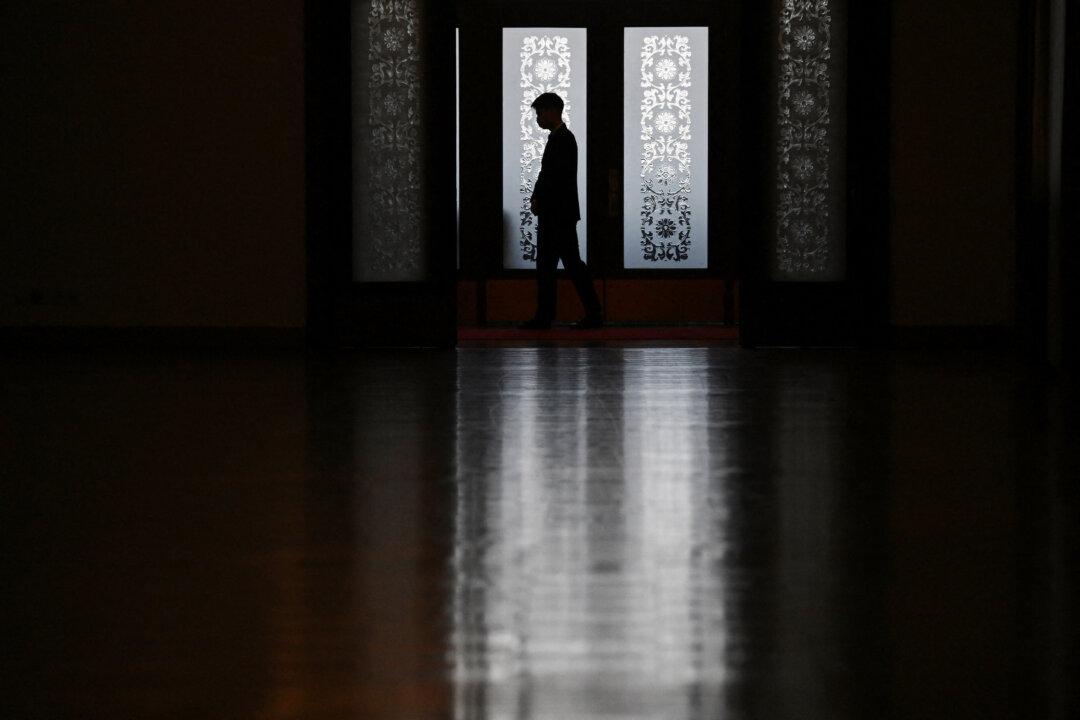The 2020 election is shaping up to be one for the history books with turnout likely to surpass anything America has seen for 50 or even 100 years—at least according to early voting data, which shows some states on the way to exceeding the total 2016 turnout even before election day.
Over 68 million voters have already cast their ballots, compared to the total of about 47 million who voted early in 2016.
In North Carolina, Georgia, New Mexico, and Montana, votes already cast represent nearly 75 percent of the 2016 turnout. Washington, Florida, and Tennessee are already around 70 percent.
A record number of Americans will vote by mail this year, partly because of concerns over the CCP virus pandemic and partly because many states have pushed the option as preferable and have made it more convenient.
Voters have been returning their mail-in ballots earlier this year than in previous elections, McDonald said, which should ease the burden on election authorities to process the ballots.
“There were many concerns about election officials’ ability to conduct an election during a pandemic. Not only are people voting, but they are voting over a longer period of time, thereby spreading out the workload of election officials,” he said. “Yes, there have been problems, and in many places lines are intolerably long. But, people are voting and there are more opportunities for them to do so by Election Day. Americans’ resilience and support for their democracy is very heartening in these trying times.”
While total 2020 turnout remains hard to predict, it’s becoming increasingly clear that it will surpass 2016’s 55.5 percent. If it does so by at least 1.7 points, it will be the largest turnout since Republican Richard Nixon’s win in 1968. If the turnout goes up by 6.2 points, it will be the largest since the 1908 victory of Republican Howard Taft.
“I’ve been saying 150 million will vote. I’ll probably revise that upwards,” McDonald told The Epoch Times via email. “Highest turnout rate for those eligible to vote since 1908.”
He promised to revise his estimates this weekend.
In some states, such as Oregon, Washington, Nevada, and California, the early voting numbers are likely driven by the fact that the states either conduct all-mail elections or have decided this year to send absentee ballots to all registered voters.
Some states that have traditionally relied on in-person voting, however, don’t seem to be breaking the tradition this year. Mississippi only reports some 5 percent of the 2016 turnout already voted. Alabama is in the same boat, with some 10 percent having voted. New York, Oklahoma, West Virginia, Idaho, and New Hampshire are all around or under 20 percent.
As expected, registered Democrats lead mail-in voting by a sizable margin. Democrat-leaning states tend to have more liberal mail voting rules, while President Donald Trump has urged his supporters to vote in person.
In 18 states that release party registration data, Democrats returned over 13 million mail-in ballots while Republicans returned less than 7 million. Independents returned less than 6 million.
“These national numbers for the states with party registration are reflected in every party registration state; they are not just an artifact of heavily Democratic large states like California conducting all-mail ballot elections,” McDonald said in his release.
Among those who voted early, but in person, over 3 million were Republicans, some 2.7 million Democrats, and about 1.5 million independents, based on data from 10 states that report by party registration.
“Republicans need to vote in-person to make up ground on the Democratic mail voters, either early or on Election Day,” McDonald said. “There is still some play left in the in-person early vote, but time is starting to run short such that Republicans will need to rely heavily on the Election Day vote, which has traditionally been a strong day of voting for Republicans in recent elections.”





